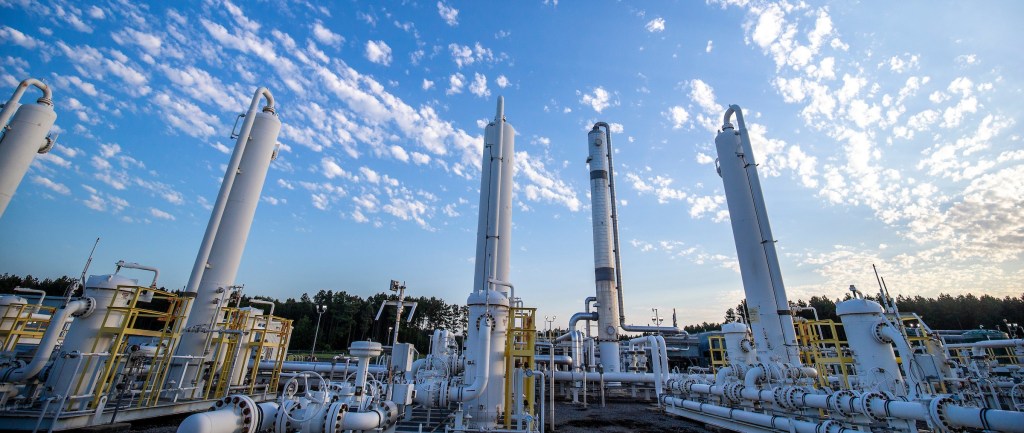Natural gas and the infrastructure that moves it are necessary for the sustainable growth of renewables and electrification, while also driving displacement of carbon-heavy fuels both in the United States and overseas.
“Natural gas is the solution for the most complex challenge that our civilization has today: producing low-cost energy resources that keep our world peaceful on one hand; and on the other hand, being able to reduce emissions around the world,” said Williams President & CEO Alan Armstrong. “That is not a small problem, it’s a huge problem and natural gas is the most powerful tool by far that we have right here, right now.”
Shifting from coal to natural gas to generate electricity in the United States has significantly reduced emissions since 2005 – the equivalent of removing nearly every gasoline-powered car on the road in the U.S. today. The transition is being driven by economics, not subsidies or governmental intervention, said Armstrong. There are still 230 operating coal plants in the country.
Did you know? Last year, the U.S. relied on natural gas to generate more electricity than any other energy source.
“We still have so much to do in terms of reducing emissions here in the U.S.,” said Armstrong. “The infrastructure that we have today and the capacities that we have on our systems are going to be absolutely critical to both backing up renewables and to replace coal fire generation in the markets.”
On a global scale, coal-to-gas switching is even more powerful. Converting the top 5 percent of the highest carbon emitting power plants around the world would reduce emissions from power generation by 30 percent, said Armstrong.
“Think about what a powerful tool that is and come up with any other solution that’s out there that you could actually go in and tackle power generation emissions that quickly on an economic basis,” he said. “Natural gas is not going to be able to be dismissed. It’s not just a bridge fuel. It is going to be here for a long, long time, and it is going to deliver energy security, affordability and emissions reductions all in the same package.”
Williams Driving NextGen Gas Strategy
Williams is further leveraging the important role natural gas plays in today’s energy mix by executing its NextGen Gas strategy. NextGen Gas is natural gas that has been securely tracked and independently certified as having low emissions across all segments of the value chain.
Handling one third of the nation’s natural gas, Williams is positioned as one of the largest infrastructure providers between producers and consumers. This gives Williams unique visibility and access to how the gas molecules are produced, processed, moved and used.
Williams is building a marketing portfolio to sell low-carbon NextGen Gas to utilities, LNG export facilities and other clean energy users. Through its enormous gas pipeline marketing footprint, Williams can pick the most efficient pathway to move the low-carbon gas from areas its produced to the customers that desire it, connecting clean energy supply with clean energy demand.
